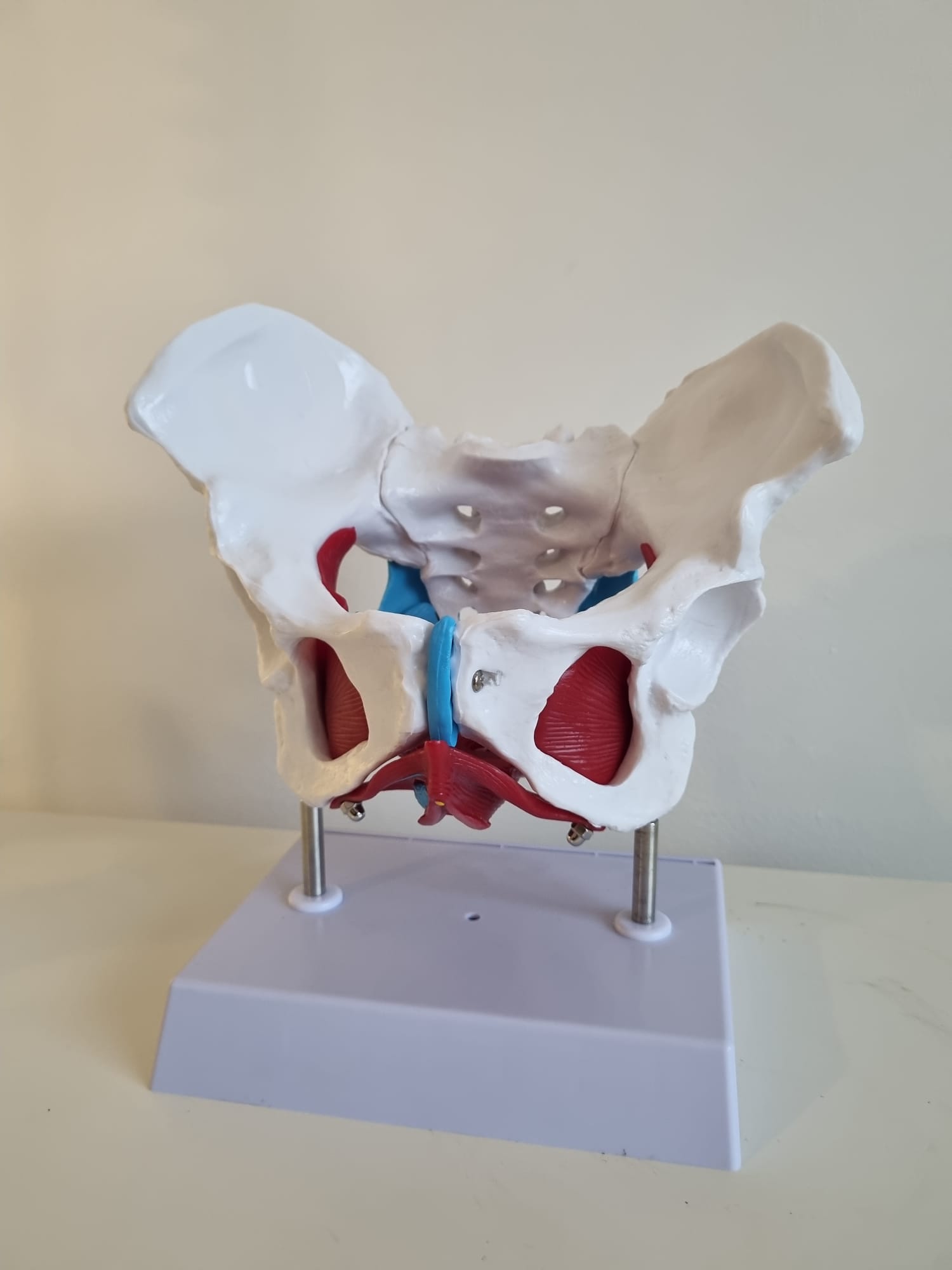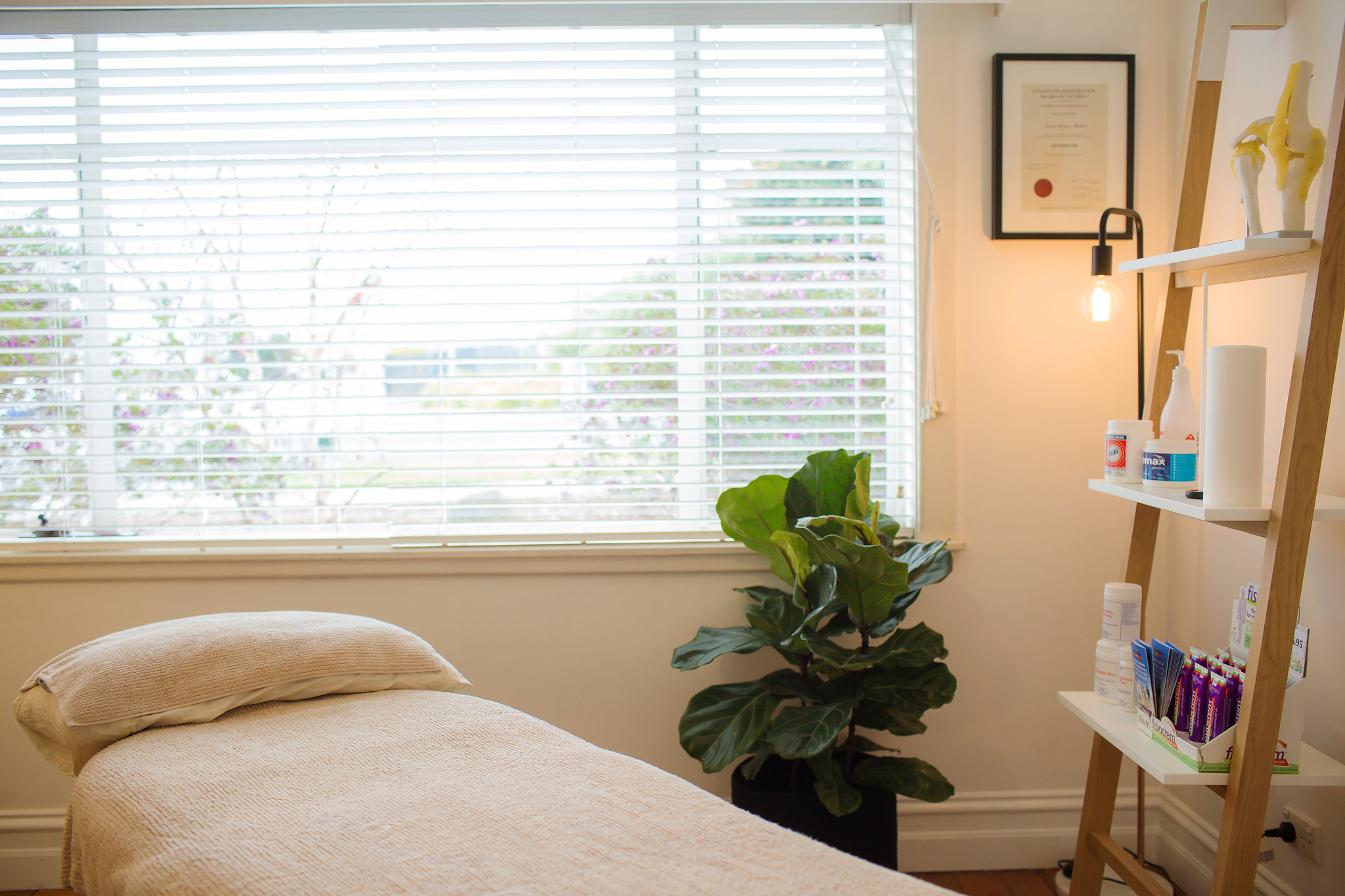
The Plank – What is it and how do you do it correctly?
What is the Plank?
The Plank is a great core exercise that can progress from beginners through to experts. Your ‘core’ is not just about aiming for the six-pack, it’s everything from your Transverse Abdominals, Diaphragm, Pelvic Floor and Multifidus (stabilising muscles through your spine). The Plank is the perfect exercise that engages all of these muscles and gives the support you need through your trunk and pelvis to assist in preventing injury.
The plank not only works the abdominal core, it also builds strength and stability through the shoulders and neck, hips and legs as they should all be engaged through this one exercise. That being said,if you have poor technique you could do this exercise for an hour a day (do not try this!!) and it won’t do you much good.
So how do you do the plank?
Step 1
- Start lying on your stomach with your elbows tucked by your side and your toes tucked under.
- Ensure your elbows are directly under your shoulders, feet are hip width apart, and your hands are flat on the floor.
- Eyes should be looking down towards your hands to keep the neck in line with the rest of the spine – not looking forward!
Step 2
- Push down into your hands, elbows and toes to lift your body off the ground.
- Suck your belly button to the ceiling
- Draw your shoulders down and back to keep them away from your ears
- Tuck your buttock under and squeeeeeze your Glutes and Quads
- The aim here is to prevent your back from swaying and to keep your whole body and spine long.
Step 3
- Hold for as long as you can maintain that position and don’t forget to breathe!
Alternative options
As with any exercise the standard is not always suitable for everyone, so here are some options to decrease or increase the intensity.
Decrease
- Drop to your knees to reduce the weight and pressure through your lower back. This option can be used when starting off, or to move into so you can continue holding as you feel your posture and technique fatiguing.
Increase
- Lift your alternating leg or arm (or both!) off the floor. This option changes the balance required and will increase the strength required to maintain the position. Remember to keep the movements slow and controlled.
- Move from straight plank to a side plank by rolling to the blade of one foot and resting your top arm along your side. As above, this will change the balance required but also target one side of the body at a time and you will need to recruit some additional muscles to balance.
- Push up to hands and back down to elbows alternating sides. This will intensify the workout through your shoulders and require additional balance and stability through the core to maintain your posture.
Should everyone plank?
No, not necessarily! Whilst it is an incredible full body strength and stability exercise you need to be mindful of your own limitations. If you experience pain or discomfort during this exercise or if you’re unsure if it’s right for you come and see one of our Osteopaths, Myotherapist or Remedial Massage Therapist for an assessment today.





